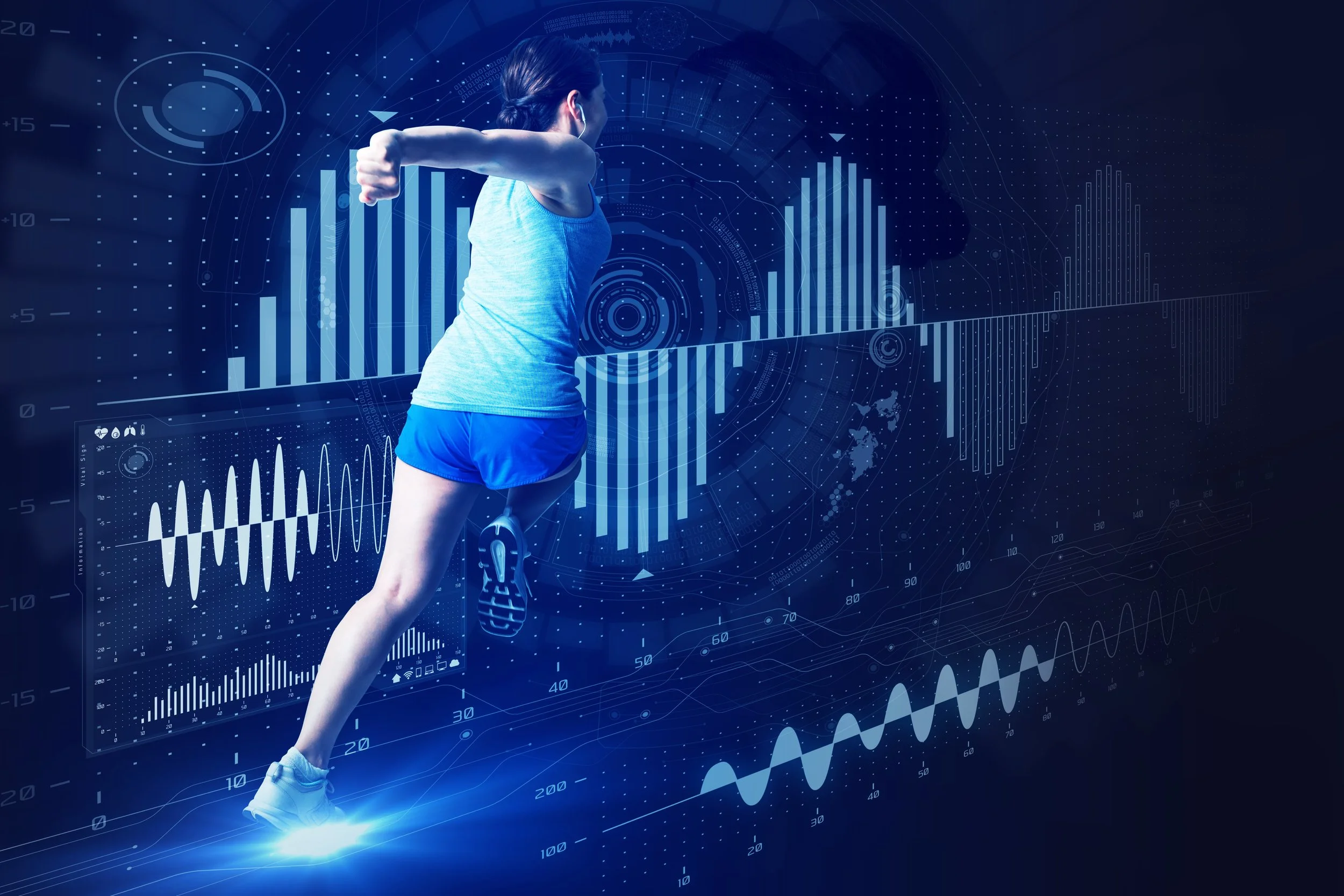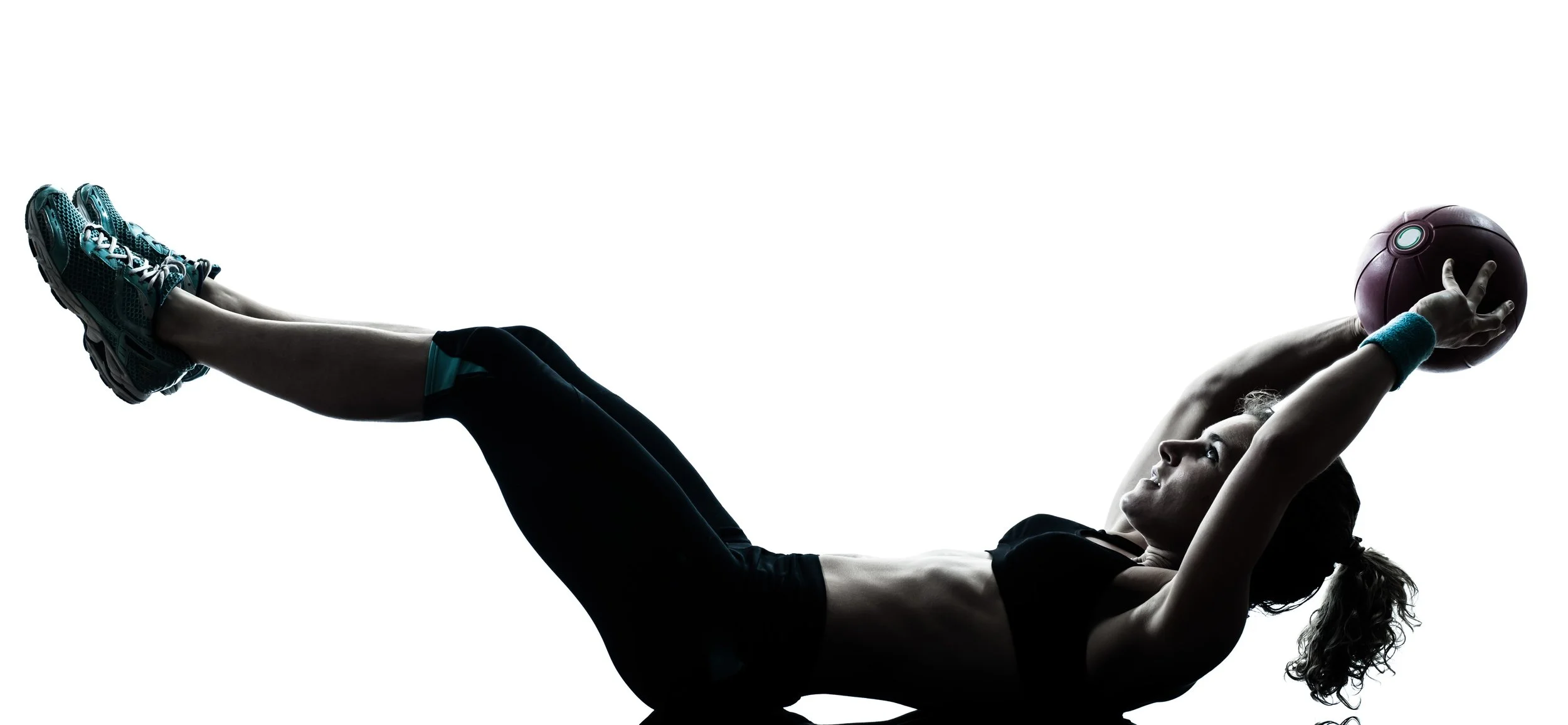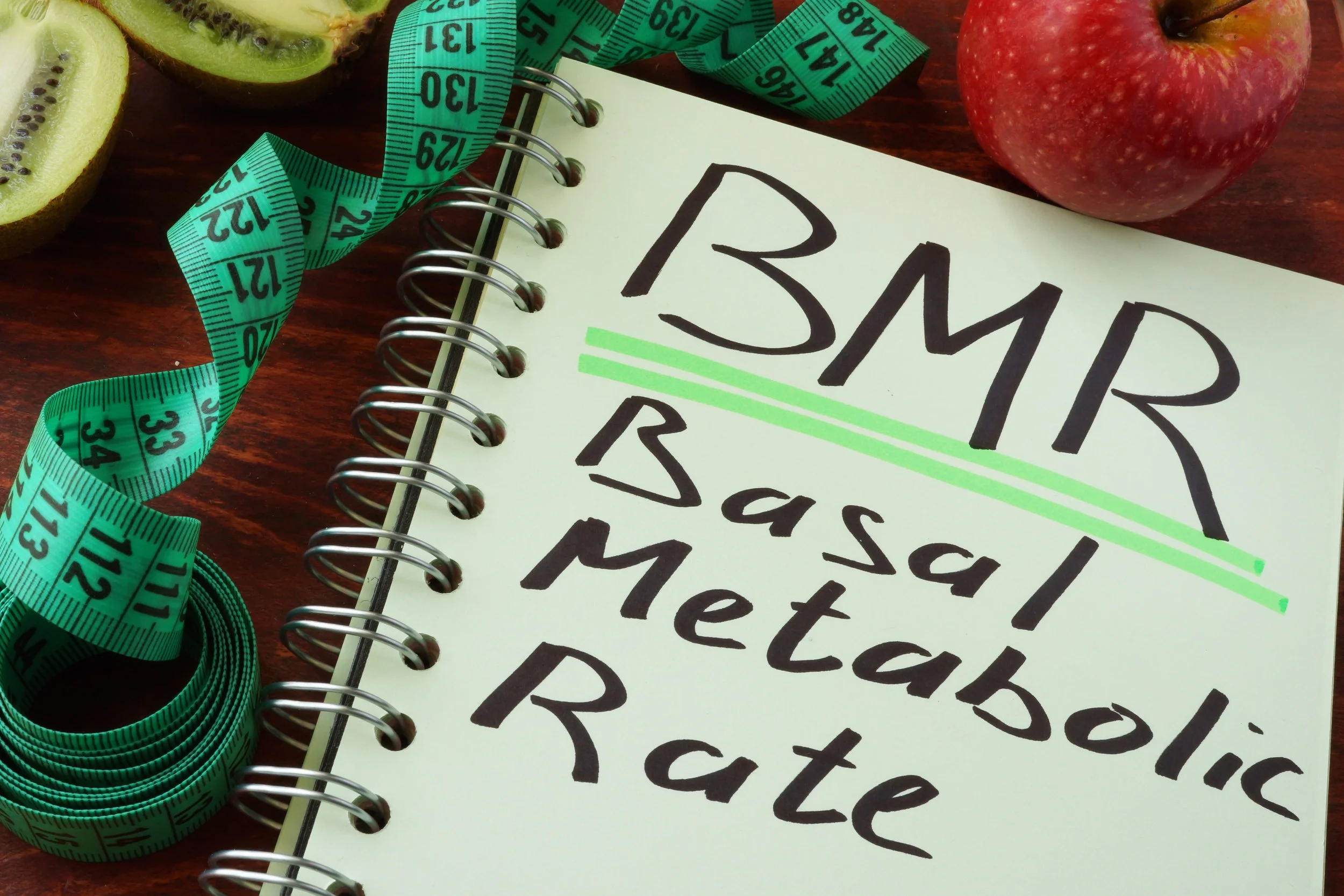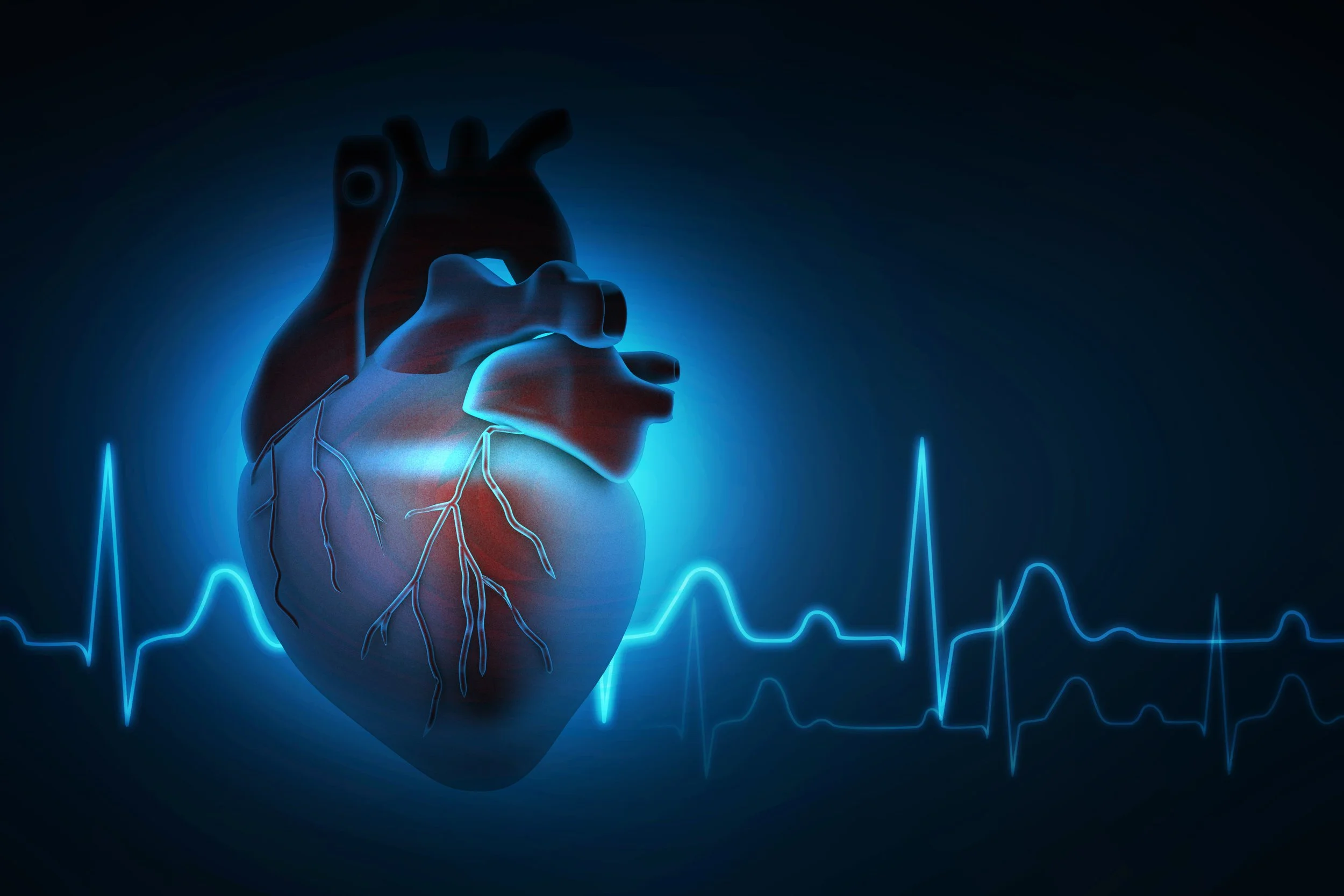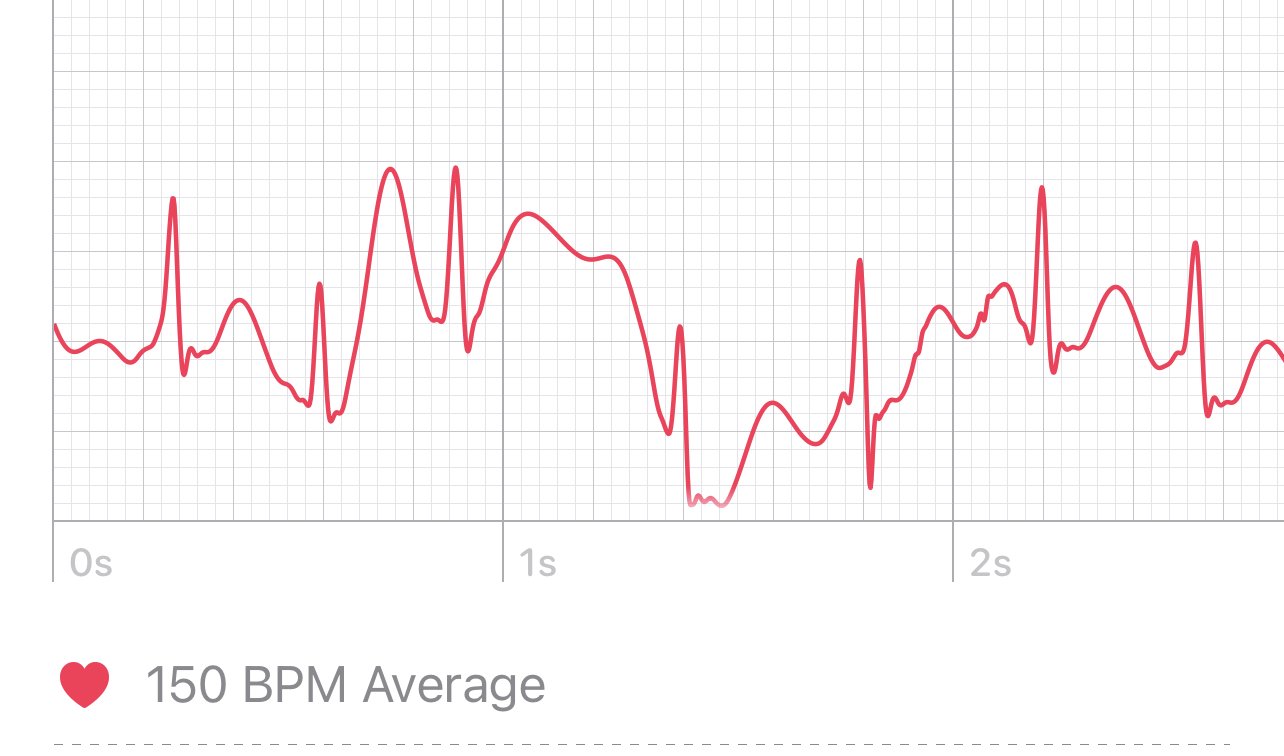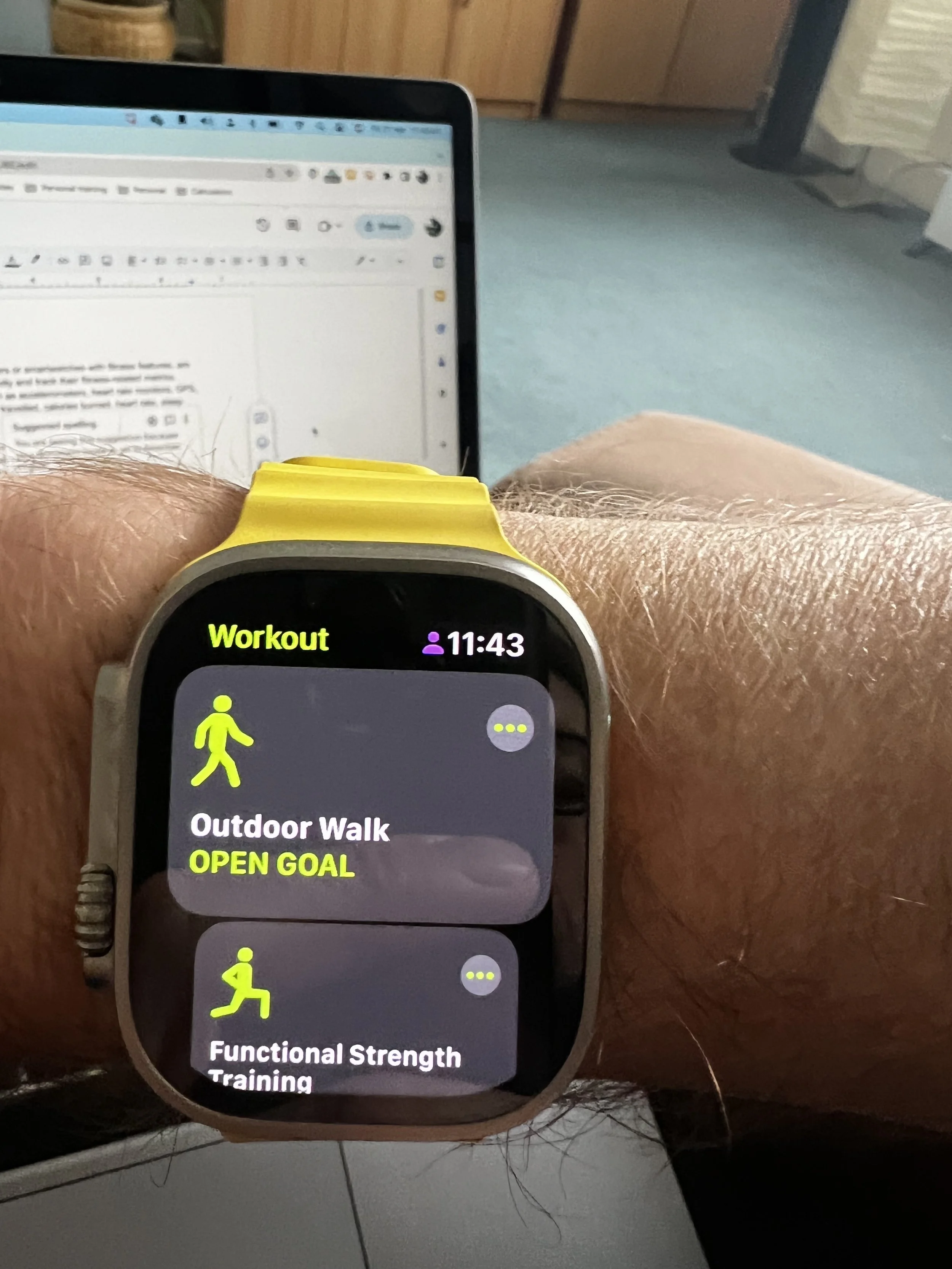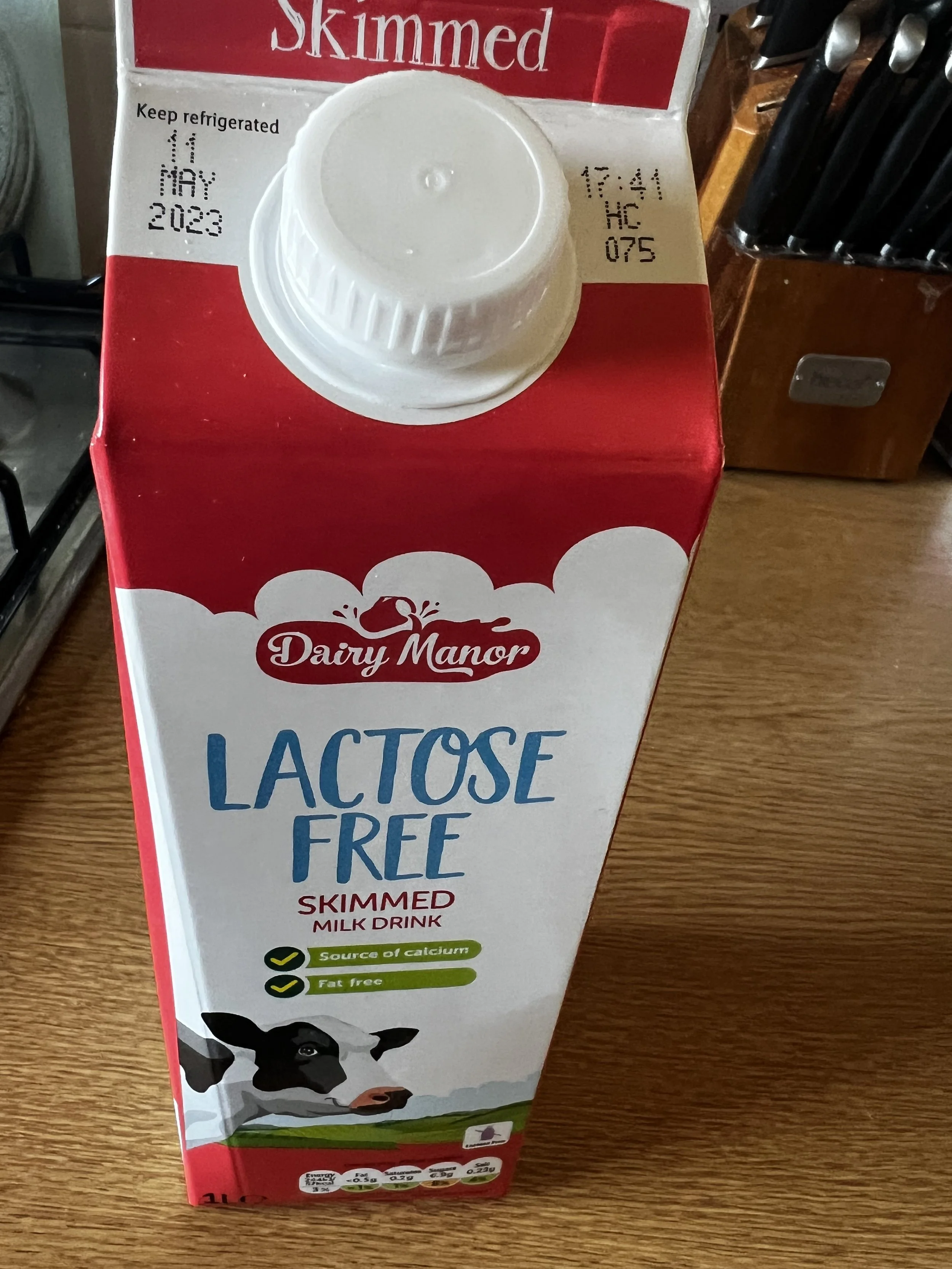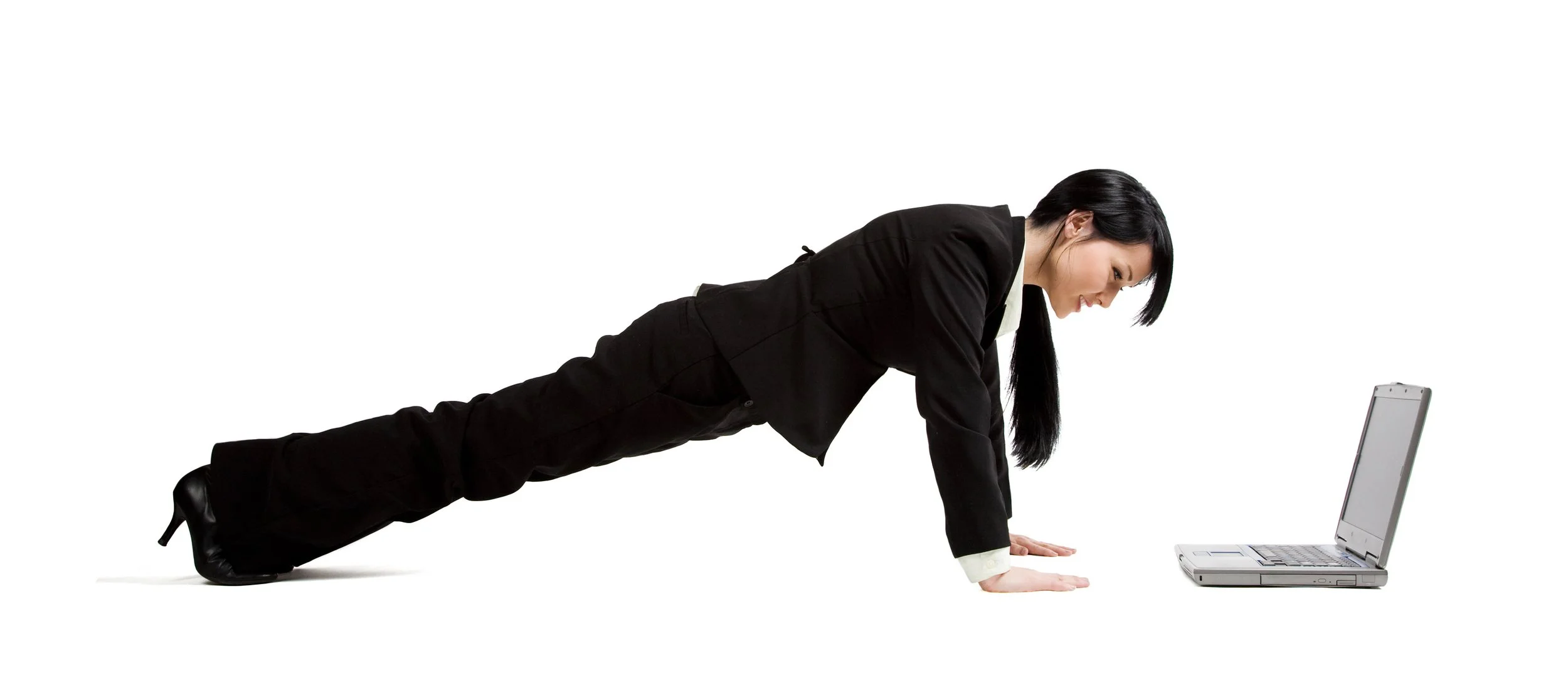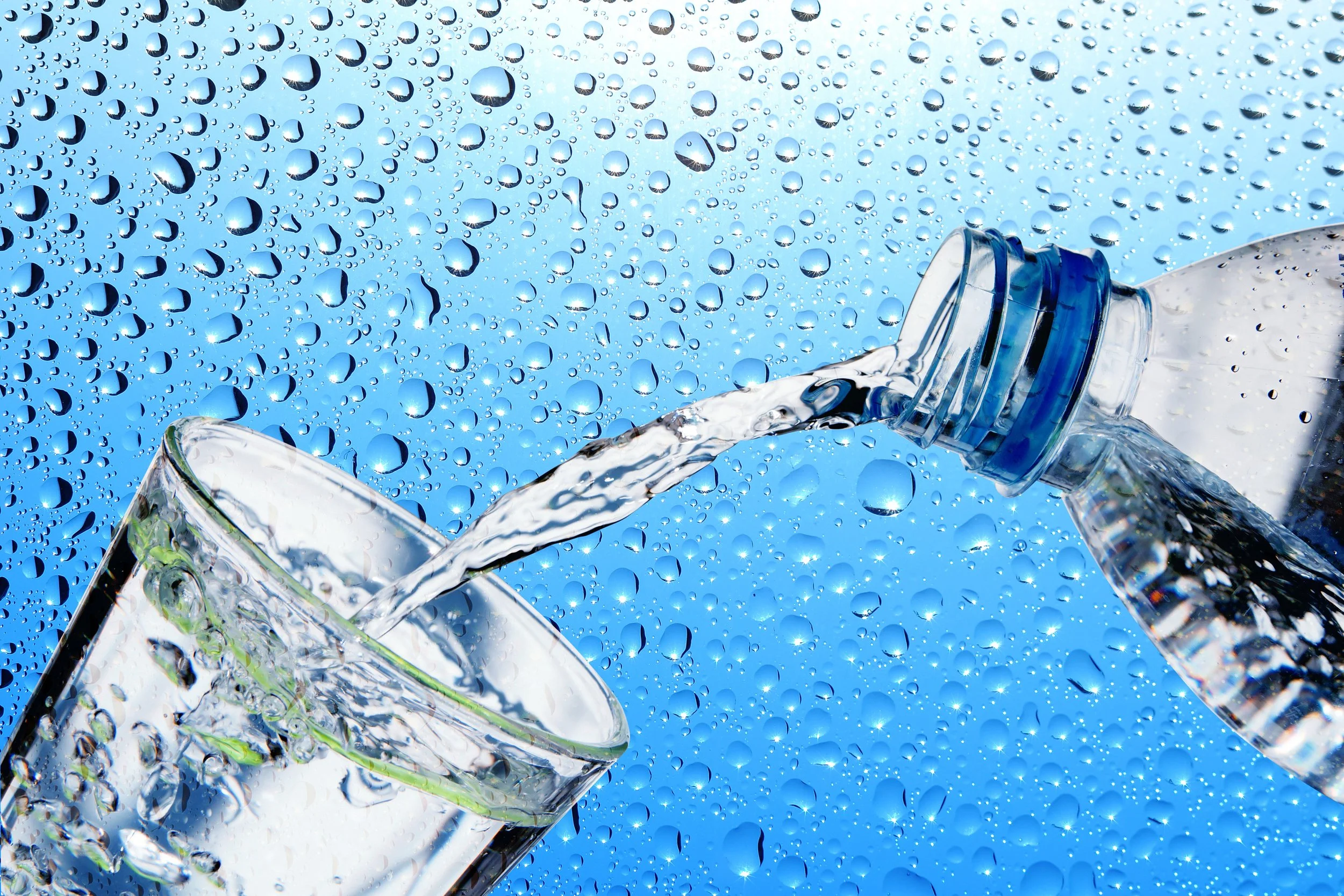
Health & Fitness News
stress and your well-being
Regular exercise: Engaging in physical activity like yoga, aerobics, or strength training can help reduce stress, improve mood
The state of your well-being can indeed influence your decision-making abilities, even in a large company setting. Poor well-being, characterised by high-stress levels, burnout, or mental health issues, can lead to impulsive or rash decisions that may not be in your best interest or that of the company. Here are five things that can help improve your well-being and prevent rash decision-making:
Regular exercise:
Engaging in physical activity like yoga, aerobics, or strength training can help reduce stress, improve mood, and boost overall well-being. Exercise releases endorphins, which are natural mood elevators, and can help you think more clearly and rationally.
Mindfulness and meditation practices:
Techniques like deep breathing exercises, mindfulness meditation, or guided imagery can help you stay grounded, focused, and present in the moment. This can prevent you from making hasty decisions driven by emotions or stress.
Wellness programs and activities:
Many companies offer wellness programs that include activities like fitness classes, stress management workshops, or mental health resources. Participating in these can help you develop healthy coping mechanisms and improve your overall well-being.
Counseling or therapy:
If you're struggling with mental health issues or high levels of stress, seeking professional help from a counselor or therapist can be beneficial. They can provide you with tools and strategies to manage your well-being and make sound decisions.
Healthy work-life balance:
Maintaining a balance between your professional and personal life is crucial for your well-being. Make time for hobbies, social activities, and self-care practices to prevent burnout and maintain a positive mindset.
By prioritising your well-being through exercise, mindfulness practices, wellness activities, professional support, and work-life balance, you can cultivate a healthier state of mind and reduce the likelihood of making rash decisions in a large company setting.
What are the benefits of using a foam roller?
Foam rolling is a beneficial technique that can be used both before and after a workout to enhance muscle recovery and performance.
Foam rolling is a beneficial technique that can be used both before and after a workout to enhance muscle recovery and performance. Here are the key benefits of using a foam roller:
Before Workout:
Increased Range of Motion (ROM): Foam rolling before training can improve joint mobility, reducing the risk of injury
Improved Blood Circulation: It enhances arterial blood flow, aiding in muscle performance during exercise
Prevents Soreness: Helps alleviate lingering soreness from previous workouts, enhancing performance and reducing the likelihood of injury
After Workout:
Reduced Delayed Onset Muscle Soreness (DOMS): Foam rolling post-exercise can effectively reduce muscle soreness and aid in recovery.
Enhanced Recovery:
It promotes relaxation in muscles, aiding in recovery and making DOMS more manageable
Improved Performance:
Studies show that foam rolling after working out can reduce muscle soreness and improve sprint speed and flexibility
How It Works:
Mechanical Pressure:
Foam rolling applies pressure to muscles, prompting them to relax and unwind, reducing knots and sore spots
Heat Generation:
The pressure and heat generated help make joint fluid runnier, decreasing friction and increasing mobility
Stretch Response:
Direct pressure on muscles triggers a stretch response, allowing muscles to relax and increase the range of motion
In conclusion, incorporating foam rolling into your pre and post-workout routine can lead to reduced soreness, improved recovery, enhanced performance, and better overall muscle health.
Hyper-mobility, how it can affect your workout.
Hypermobility refers to the ability of joints to move beyond the normal range of motion. It can impact your exercise routine by requiring a focus on correct alignment, controlled movement, and avoiding excessive repetitions that don't engage the right muscles.
Hypermobility refers to the ability of joints to move beyond the normal range of motion. It can impact your exercise routine by requiring a focus on correct alignment, controlled movement, and avoiding excessive repetitions that don't engage the right muscles. When exercising with hypermobility, it's crucial to move the weight around your body instead of moving your body around the weight, maintain good stability and technique, and not lift more than you can control.
Strength training becomes essential for individuals with hypermobility to prevent weakness and improve overall stability, focusing on regular workouts three days a week with a long-term commitment to building strength. Additionally, exercise can help stabilize hypermobile joints, improve muscle strength, enhance balance, reduce chronic pain, and increase independence.
It is important to find suitable exercises that challenge but do not strain your joints, emphasizing low to moderate impact activities and controlled movements to prevent injuries.
For more information on Personal training get in touch or a free consultaion get in touch.
What is creatine?
In a nutshell, it helps you push a bit harder during workouts.
Creatine is a natural compound found in small amounts in certain foods and produced by the body. It's stored in muscles and used for quick bursts of energy during high-intensity activities like weightlifting or sprinting. Supplementing with creatine can enhance these energy reserves, potentially improving performance, strength, and muscle recovery.
In a nutshell, it helps you push a bit harder during workouts. Just remember, it might not be equally beneficial for everyone, so it's good to consult with a healthcare professional or a fitness expert before adding it to your routine.
for a free consutaion get in-touch
HYROX the new fitness trend.
Hyrox is a global fitness race that combines functional strength training, high-intensity interval training (HIIT), and endurance training.
Hyrox is a global fitness race that combines functional strength training, high-intensity interval training (HIIT), and endurance training. It aims to test well-rounded fitness through various elements like running, rowing, and strength exercises. The race consists of eight rounds, each including a 1km run followed by different functional exercises like SkiErg, sledge push, sledge pull, burpee broad jumps, rowing, farmers carry, sandbag lunges, and wall balls.
Key benefits of participating in Hyrox include:
Improving athletic performance by enhancing strength, endurance, and mobility.
It aids fat loss through intense training that burns calories.
Enhancing everyday activities and movements by improving strength and flexibility.
Providing a new challenge for gym enthusiasts to stay motivated and focused on their fitness goals.
Creating a sociable environment where participants are cheered on by spectators and connect with like-minded individuals in the HYSOCIETY community.
Training for a Hyrox event involves a mix of endurance running, cardio training, functional exercises, and strength training. It is essential to practice each functional exercise while complementing them with running and full-body exercises like press-ups and deadlifts to prepare adequately for the race
For more information or a free consultation then get in touch
https://www.garyfillery.com/contact
Why does my hip click when doing leg raises?
To address hip clicking, stretching tight muscles like the quadriceps, hamstrings, glutes, and iliotibial band can be beneficial. Additionally, exercises that strengthen the hip muscles,
When your hip clicks during leg raises, it could be due to a condition known as Snapping Hip Syndrome. This typically happens when a muscle or tendon moves abnormally over a bone, such as the iliotibial band snapping over the head of the femur. Weak and tight hip rotators can contribute to this issue. If you experience pain along with the clicking sound, it is advisable to consult a physical therapist or doctor for further evaluation.
To address hip clicking, stretching tight muscles like the quadriceps, hamstrings, glutes, and iliotibial band can be beneficial. Additionally, exercises that strengthen the hip muscles, such as leg raises with knees bent or legs slightly apart, can help reduce the problem. It is also recommended to limit activities that involve the hip joint and focus on strengthening and stretching exercises
For individuals with excessive flexibility (hypermobility), clicking in the hips can occur due to a lack of muscle control around the hips. Strengthening the glute muscles through specific exercises like side leg lifts against a wall, back massages, clam exercises, and bridges can help reduce hip clicking over time
Snapping Hip Syndrome (SHS) is a common cause of clicking hips and can be triggered by various factors such as muscle inflammation and tightness around the hip joint. SHS is more prevalent in females and athletes involved in high-mobility sports like soccer, running, and gymnastics. Strengthening the hip muscles, improving flexibility, and resting from strenuous activities are essential steps in managing clicking hips
.
Choosing a Healthy Path: Losing Weight with Food Instead of Drugs
In conclusion, embracing a diet rich in whole foods, balanced nutrients, and mindful eating habits is the cornerstone of a healthy lifestyle.
In today's fast-paced world, weight loss has become a topic of great concern for many individuals striving to achieve a healthier lifestyle. While pharmaceutical solutions like Ozempic may seem enticing for their promises of quick results, it's important to recognise the significance of embracing a holistic approach to weight loss that focuses on nutrition and lifestyle choices. In this article, we delve into why losing weight with food should be prioritised over relying solely on drugs.
Sustainable Lifestyle Changes:
One of the key advantages of losing weight through dietary modifications is the opportunity to adopt sustainable lifestyle changes. Incorporating healthy eating habits into one's routine promotes long-term success by establishing a positive relationship with food. Unlike drugs, which provide temporary solutions, making conscious dietary choices can lead to lasting weight management and improved overall health.
Nutrient-Rich Options:
Choosing to lose weight with food allows individuals to focus on consuming nutrient-rich options that support their well-being. Whole foods such as fruits, vegetables, lean proteins, and whole grains provide essential vitamins, minerals, and fibre, which drugs like Ozempic cannot replicate. These foods not only aid in weight loss but also improve overall health by reducing the risk of chronic diseases.
Personalised Approach:
Every individual has unique dietary requirements, preferences, and tolerances. Losing weight with food empowers people to personalise their weight loss journey according to their specific needs. Tailoring meal plans and making informed choices based on individual preferences allows for greater flexibility and increases the likelihood of maintaining a healthy weight in the long run. Drugs, on the other hand, offer a standardised approach that does not consider individual variability.
Building a Healthy Relationship with Food:
By focusing on food as a tool for weight loss, individuals can develop a healthier relationship with what they eat. It encourages mindfulness and a deeper understanding of how different foods affect their bodies. Developing this awareness promotes balanced eating habits and helps individuals overcome emotional and binge-eating tendencies. In contrast, relying solely on drugs may detach people from the importance of understanding their relationship with food.
Lifestyle Transformation:
Losing weight with food fosters a holistic lifestyle transformation that extends beyond weight loss alone. Engaging in regular physical activity, adopting stress management techniques, and prioritizing self-care are all integral components of a healthy lifestyle. These changes, when combined with proper nutrition, provide a well-rounded approach to weight loss that enhances overall well-being, boosts energy levels, and improves mental health.
While drugs like Ozempic may offer short-term weight loss benefits, the long-term approach of losing weight with food proves to be more sustainable and beneficial. By focusing on nutrient-rich options, personalising one's approach, building a healthy relationship with food, and embracing a comprehensive lifestyle transformation, individuals can achieve weight loss goals while promoting overall health and well-being. By prioritizing a holistic approach, we empower ourselves to make informed choices that will have a lasting impact on our quality of life.
In conclusion, embracing a diet rich in whole foods, balanced nutrients, and mindful eating habits is the cornerstone of a healthy lifestyle. Remember, nourishing your body with the right fuel is not just about reaching your fitness goals; it's about honoring your health and well-being. So, let's make a commitment to prioritise our nutrition, one wholesome meal at a time, and watch as our bodies thrive with vitality and energy. Here's to a healthier, happier you!
All the best
Gary
Losing concentration? Are you eating right?
When you don't eat at regular intervals during the day, it can lead to a drop in blood sugar levels, also known as hypoglycemia.
When you don't eat at regular intervals during the day, it can lead to a drop in blood sugar levels, also known as hypoglycemia. Maintaining stable blood sugar levels is crucial for optimal brain function, and when these levels dip too low, it can have several effects on your concentration and cognitive abilities.
Here's how the lack of regular meals can affect your concentration:
Energy Depletion: Food provides the body with glucose, which is the primary source of energy for the brain. When you skip meals or go for extended periods without eating, your body's glucose reserves become depleted. This can result in a lack of energy for the brain to function optimally, leading to reduced concentration and focus.
Impaired Brain Function: The brain requires a steady supply of glucose to carry out its various cognitive processes effectively. When glucose levels drop due to inadequate food intake, the brain's ability to perform tasks such as memory retention, information processing, and problem-solving can be compromised. This can make it harder to concentrate and stay focused on tasks.
Mood Swings: Irregular eating patterns can also affect your mood, leading to irritability, fatigue, and even anxiety or depression. When blood sugar levels fluctuate, it can trigger changes in neurotransmitters like serotonin, which plays a role in regulating mood. These mood swings can further disrupt your ability to concentrate and maintain mental clarity.
Decreased Attention Span: When your brain is deprived of proper nourishment, it can result in a shorter attention span. You may find it challenging to stay focused on a task for an extended period or experience difficulties in maintaining sustained attention. This can hinder productivity and make it harder to complete tasks efficiently.
Brain Fog: Inadequate food intake can contribute to a phenomenon known as "brain fog," which is characterised by a feeling of mental cloudiness or difficulty thinking clearly. This can manifest as forgetfulness, difficulty processing information, and a general sense of mental sluggishness. Brain fog can significantly impact your ability to concentrate and retain information.
To maintain optimal concentration throughout the day, it's important to establish regular eating habits and consume balanced meals that provide a steady supply of nutrients, including carbohydrates for energy and glucose. Prioritising a well-rounded diet and eating at regular intervals can help sustain stable blood sugar levels and support your cognitive function.
For any more information on personal training then get in touch.
Gary
Cortisol, the effects after exercise.
Cortisol, often dubbed the "stress hormone," plays a complex role in the body's response to exercise. While it's released in response to physical stress, like intense workouts, it serves important functions like regulating energy metabolism and immune response. However, chronically elevated cortisol levels, especially post-exercise, can have negative effects like muscle breakdown and impaired recovery. High cortisol levels may also contribute to increased fat storage, particularly around the abdomen. Thus, while acute cortisol spikes post-exercise are normal and necessary for adaptation, managing stress levels and incorporating recovery strategies like adequate sleep and nutrition can help mitigate its potential negative impact.
workout journal
reading and writing an exercise journal, and it has kept me on course to reach my monthly goals, If you also looking to write a journal here are some ideas that you could mention your own journal
I've started a new routine in the mornings which includes NOT turning the TV on first thing, working out, reading, and writing an exercise journal, and it has kept me on course to reach my monthly goals, If you also looking to write a journal here are some ideas that you could mention your own journal.
Date and Time: Record the date and time of each workout session.
Workout Type: Specify the type of workout you're doing, such as cardio, strength training, yoga, etc.
Workout Duration: Note how long your workout session lasts.
Exercises: List the specific exercises you performed during the workout. For each exercise, include details like the name, sets, reps, and weights.
Intensity and Effort: Rate the intensity or effort of your workout on a scale (e.g., easy, moderate, hard). This can help you gauge your progress and identify trends over time.
Workout Goals: Write down the goals you had for the workout. Were you aiming to increase your strength, improve your endurance, or work on flexibility?
Recovery: Note any recovery practices you engaged in, such as stretching, foam rolling, or using a massage gun.
Nutrition: Optionally, you can jot down what you ate before and after the workout. This can help you understand how your diet affects your performance and recovery.
Sleep: Record the quality and duration of your sleep the night before the workout. Sleep plays a significant role in your overall fitness.
Energy Levels: Rate your energy levels before and after the workout. This can give you insights into how your workouts impact your energy throughout the day.
Mood and Feelings: Describe your mood and emotions before and after the workout. Exercise can have a positive impact on mental well-being, and keeping track of this can help you notice patterns.
Progress and Achievements: Document any personal bests, achievements, or milestones you reached during the workout. Celebrating progress, no matter how small, can boost motivation.
Challenges and Setbacks: Note any challenges you faced during the workout. This could be physical limitations, lack of motivation, or any other difficulties. Also, jot down any setbacks you encountered so you can reflect on them later.
Notes and Observations: Use the diary to write down any observations, thoughts, or insights related to your workout. This could include form improvements, ideas for future workouts, or even inspirations.
Weather and Environment: If you're exercising outdoors, mention the weather conditions and how they might have influenced your workout.
Injuries or Discomfort: If you experience any pain, discomfort, or injuries during the workout, document them. This information can be crucial for making adjustments to prevent further issues.
Plan for the Next Session: End each entry by outlining your plans for the next workout session. This can help you stay organized and motivated.
Remember, a workout diary is a personal tool, so you can tailor it to your preferences and needs. The key is to gather enough information to track your progress effectively and make informed decisions about your fitness routine.
I use Day One, it’s an online journal, you can get a free version for 1 device or pay for multiple devices.
Have a good weekend
Gary
Atrial fibrillation & exercise
Atrial fibrillation, also known as AFib, is a type of irregular heartbeat that can be influenced by various factors, including exercise. Exercise can have both positive and negative effects on atrial fibrillation, depending on the individual and the type, duration, and intensity of exercise.
Atrial fibrillation, also known as AFib, is a type of irregular heartbeat that can be influenced by various factors, including exercise. Exercise can have both positive and negative effects on atrial fibrillation, depending on the individual and the type, duration, and intensity of exercise.
This was my actual heart rate while riding while my heart went into fibulatiuon.
Here are some important points to consider when it comes to exercise and atrial fibrillation:
Consult with your doctor:
If you have atrial fibrillation or any other heart condition, it's crucial to talk to your healthcare provider before starting or changing an exercise routine. Your doctor can provide personalized recommendations based on your specific health condition and overall fitness level.
Moderate exercise is generally beneficial:
In general, regular moderate-intensity exercise can be beneficial for heart health, including for individuals with atrial fibrillation. Moderate exercise, such as brisk walking, cycling, or swimming, can help improve cardiovascular fitness, lower blood pressure, and reduce stress, which can be beneficial for managing atrial fibrillation.
Avoid triggers:
Some forms of exercise may trigger atrial fibrillation episodes in certain individuals. High-intensity exercises, such as vigorous running or heavy weightlifting, can sometimes trigger AFib episodes in susceptible individuals. Pay attention to your body and be aware of any signs or symptoms of atrial fibrillation during or after exercise. If you notice any irregular heartbeats, chest pain, or difficulty breathing, stop exercising and seek medical attention.
Stay hydrated and manage electrolyte levels:
Proper hydration and electrolyte balance are important for heart health and can help prevent dehydration and electrolyte imbalances that may contribute to atrial fibrillation. Make sure to drink enough water before, during, and after exercise, especially during prolonged or intense workouts.
Avoid excessive fatigue and overtraining:
Overtraining or excessive fatigue can increase the risk of atrial fibrillation. It's important to allow enough time for rest and recovery between exercise sessions, especially if you have atrial fibrillation. Listen to your body, and avoid pushing yourself too hard, too fast, or too frequently, as it may increase the risk of atrial fibrillation episodes.
Be mindful of medications:
Some medications used to manage atrial fibrillation, such as anti-arrhythmic medications, may affect exercise tolerance or response to exercise. Talk to your doctor about any medications you are taking and how they may impact your exercise routine.
Consider cardiac rehabilitation:
Cardiac rehabilitation programs supervised by healthcare professionals can be beneficial for individuals with atrial fibrillation. These programs provide structured exercise programs tailored
While I do have this issue I know how to deal with it and I take the right action that apply for the situation, Be honest and know you limits.
do fitness trackers work?
Fitness watches can be effective tools for tracking and motivating physical activity, as they provide real-time feedback on various health and fitness metrics, allowing users to monitor their progress, set goals, and make adjustments to their lifestyle or exercise routine.
fitness watches, also known as fitness trackers or smartwatches with fitness features, are designed to help users monitor their physical activity and track their fitness-related metrics. Fitness watches typically come with sensors such as accelerometers, heart rate monitors, GPS, and more, which can track steps taken, distance travelled, calories burned, heart rate, sleep patterns, and other fitness-related data.
Fitness watches can be effective tools for tracking and motivating physical activity, as they provide real-time feedback on various health and fitness metrics, allowing users to monitor their progress, set goals, and make adjustments to their lifestyle or exercise routine. Many fitness watches also come with additional features such as smartphone notifications, music control, and social sharing, making them versatile and convenient devices for everyday use.
It's important to note that while fitness watches can provide valuable data and insights, they are not a substitute for professional medical advice or guidance. It's always recommended to consult with a healthcare professional before making any significant changes to your exercise routine or lifestyle, and to use fitness watches and other fitness tracking devices in conjunction with a holistic approach to overall health and well-being.
Fitness trackers are wearable devices that typically use a combination of hardware sensors and software algorithms to track various health and fitness metrics such as steps taken, distance traveled, heart rate, sleep patterns, and more. The algorithms used in fitness trackers may vary depending on the brand, model, and specific features of the device, and they may also evolve over time as technology advances and new research becomes available.
Different fitness trackers may use different algorithms to interpret and process the data collected by their sensors. These algorithms are usually proprietary and developed by the manufacturer or a third-party company that specialises in health and fitness technology. The algorithms may take into account factors such as motion patterns, heart rate variability, and other sensor data to estimate metrics like steps, distance, calories burned, and sleep quality.
The accuracy and reliability of fitness trackers can vary depending on the quality of the sensors, the design of the algorithms, and how well the device fits and is used by the individual wearer. Some fitness trackers may use more advanced algorithms with machine learning capabilities that can continuously improve their accuracy over time as they collect more data from the user. However, the specific details of these algorithms are often closely guarded by the manufacturers as proprietary information.
It's important to note that while fitness trackers can provide useful information for tracking health and fitness goals, they are not always 100% accurate, and their readings should be taken as estimates rather than absolute measurements. If you have specific questions about a particular fitness tracker or its algorithm, it's best to consult the manufacturer's documentation or contact their customer support for more information.
what is lactose intolerance?
Lactose intolerance is different from a milk allergy, which is an immune response to proteins in milk rather than an issue with lactose digestion.
Lactose intolerance is a digestive disorder that occurs when the body is unable to fully digest lactose, a sugar found in milk and dairy products. This happens due to a deficiency or absence of an enzyme called lactase, which is responsible for breaking down lactose into its two component sugars, glucose and galactose, in the small intestine.
When lactose is not fully broken down, it remains in the digestive tract and can cause symptoms such as bloating, gas, abdominal pain, diarrhoea, and sometimes nausea. These symptoms may vary in severity depending on the individual's level of lactase deficiency and the amount of lactose consumed.
Lactose intolerance is different from a milk allergy, which is an immune response to proteins in milk rather than an issue with lactose digestion. Lactose intolerance is usually not life-threatening, but it can cause discomfort and disrupt daily activities for those affected. It is important to note that lactose intolerance is not the same as being completely lactose intolerant, as some individuals may still be able to tolerate small amounts of lactose without experiencing symptoms.
Lactose intolerance can be managed through dietary changes, such as avoiding or reducing the consumption of lactose-containing foods or taking lactase supplements before consuming dairy products. It is recommended to consult with a healthcare professional for proper diagnosis and management of lactose intolerance.
genetics
How often do you hear overweight or obese individuals make statements like "it's not my fault it is in my genes". The likelihood of this is very small as the obesity epidemic has only really occurred in the past 30 years.
How often do you hear overweight or obese individuals make statements like "it's not my fault it is in my genes". The likelihood of this is very small as the obesity epidemic has only really occurred in the past 30 years; this is too short a time for there to have been a change in the human gene pool. It is more likely to be environmental influences that have fuelled the obesity epidemic. It has been described as "having prehistoric genes in a toxic food environment. In plain English this means we have a predisposition to fat storage from our innate survival mechanisms and we have an abundance of highly calorific (energy dense) foods that have a relatively poor satiety value. When you combine these two factors it becomes evident why we have an obesity epidemic. It is true that obesity does tend to run in families, a child has a 70% risk of becoming obese if they have two obese parents whereas the risk drops to 20% with two lean parents. A lot of the associated risk could be due to factors such as cultural influences, lifestyle and diet since these will all be shared with the parents.
Studies with adopted children have shown weight gain/loss similar to the natural parents rather than the adopted parents thus demonstrating a degree of genetic disposition to weight fluctuation. In detailed studies of genetic transmission the influence of genetic factors has been placed from as low as 5% to as high as 50% (ASO fact sheet 2004).
Whether obesity is down to genetic factors may not be that crucial when addressing the underlying problem of how to reduce the weight. Genes can only influence a number of factors such as increasing energy intake or decreasing energy expenditure. For example someone may have a predisposition for fatty foods or a mainly sedentary lifestyle, which could have been inherited from their parents. Although in either of these scenarios it will be more of a struggle to reduce the overall body fat that is not to say it is not possible. The rules of energy balance still apply and by increasing energy output and decreasing energy intake a reduction in body fat can still be achieved.
Micro workouts
‘Micro workouts’ involve performing short, sharp bursts of resistance training, just ten minutes in length, multiple times throughout the day. Although it may seem counterintuitive, training more frequently in this fashion will actually see you training less in total, clocking up just 30 minutes of total workout time per day, 4-5 days per week.
Could Ten-Minute ‘Micro Workouts’ Be The Key To Building The Best Physique of Your Life?
At some point in time it seems to have become etched in stone that muscle-building workouts must follow a very particular format — train different parts of your body, once a day, for somewhere between 40-90 minutes, 3-5 days per week. Of course this varies, but most fitness advice never seems to venture too far from this basic template.
But we’re here to tell you that the greatest gains of your life may well be found on the other side of this formula, that the latest research suggests that training the same movements, more frequently will in fact lead to greater increases in size, and that if you’re currently working from home — you’re in the best position to leverage ten-minute, muscle swelling ‘micro workouts’.
What are Micro Workouts?
‘Micro workouts’ involve performing short, sharp bursts of resistance training, just ten minutes in length, multiple times throughout the day. Although it may seem counterintuitive, training more frequently in this fashion will actually see you training less in total, clocking up just 30 minutes of total workout time per day, 4-5 days per week.
The 'secret sauce' of this approach lays in the intensity you’re able to apply; with just 10 minutes to get through, and then hours to recover, you’re essentially hitting each exercise (or pair of exercises) fresh, enabling you to go all in and lay down some serious muscle building effort.
Train, Eat, Repeat
You may be having trouble envisaging how fitting three workouts into your day is going to be more practical than one, but at just ten minutes a pop and only requiring a single pair of dumbbells, simply grab one workout before breakfast, one before lunch and a final ten minutes before dinner and you’ll soon be wondering why you ever took hours out of your day to make the round trip to the gym. This schedule will also help to manage your blood sugar and appetite, as well as leaving you walking around with a pretty solid pump, 24 hours a day, all in half the time.
The Workouts
The three ten minute protocols below target your chest, shoulders, legs and back — building express full-body muscle. Grab your dumbbells and start a running clock. For each micro workout, perform the prescribed reps of movement one at the beginning of each minute, for five minutes, before immediately beginning five minutes of movement two.
Spread the three workouts throughout your day, ideally aiming to complete them around meal times When you can easily complete each five minute b
last without breaking a sweat, it’s time to upgrade those dumbbells.
Many thanks to Mens Health Magazine, for this article
why water !
You must have a balanced fluid intake and output. Salt requirements and fluid requirements are intimately linked, and in conditions of extreme heat or excessive sweating an increased intake is required.
Water has many uses in our lives. It is a basic nutrient essential for life itself. You can live for days and maybe weeks without food, but in as little as one-day life can cease without water. Water is a major component of our body. Our body weight consists of between 50 to 75% water. Intracellular water makes up the majority of the content with the remainder being found in the lymph, blood and around cells, and various excretions and secretions.
The proper functioning of organs requires water. It assists absorption, excretion, and circulation and aids digestion. It is a medium for all chemical changes within the body and functions as a solvent for the body's constituents. It assists the carrying of nutrients in the blood and takes waste products from the cells. It is utilised in building and repairing the body, assists with the body's temperature regulation and finally lubricates the body's moving parts.
Water is found in varying quantities in food, anywhere from 10 to 98% water. It is an end product of oxidation and is also formed in some of the body's metabolic processes.
You must have a balanced fluid intake and output. Salt requirements and fluid requirements are intimately linked, and in conditions of extreme heat or excessive sweating an increased intake is required.
Water is absorbed in the small intestine and colon with digested food. A daily intake is necessary as water is not stored in the body and somewhere between six to eight pint glasses of water is the ideal water intake. Water is normally lost from the body by urination and in the faces, in expired air and from the skin.
Water is essential for:
transporting oxygen from the blood to cells
stabilises body temp.
lubricates joints and organs.
helps the kidneys to function normally.
removes waste products
Our water needs are roughly estimated at:
1ml per kcal burned i.e. 2.5 litres for a 2500-kcal energy output; bearing in mind that most foods contain substantial amounts of water. Software packages for dietary analysis will usually calculate your dietary intake. This can be calculated manually by recording the water that is in everything you consume, and you may be surprised at the percentage of water in some foods.
Fluid needs increase according to the type, intensity, and duration of exercise and environmental conditions e.g. hot day.
complexs
Using different training devices such as kettlebells, barbells and dumbbells in a circuit training style with no rest, this is a form of metabolic training, using reps between 5-10 depending on the weights or time you have set yourself.
Complexes, what are they?
Using different training devices such as kettlebells, barbells and dumbbells in a circuit training style with no rest, this is a form of metabolic training, using reps between 5-10 depending on the weights or time you have set yourself.
Complex training can be used with different types of equipment. The possibilities are endless, there are some exercises that you can do with one bit of equipment and not another, so its always worth playing around and see what works and what doesn't.
You can break it down to upper and lower workouts, I've used my TRX and then combined it with cardio as a finisher.
The possibilities are endless. Enjoy
Dumbbells
Good mornings
Hammer curls
Bent rows
Single arm snatch
Single arm snatch
Squats
Lunges
Barbell
Deadlift
Wide grip bent row
High pull
Front squat
Push press
Back squat
Clean
Kettlebells using 2 kettlebells
Swings
Front squat
Swing to row
Bent rows
Squats
Push press
Goblet squats
self contol
Often when one diet is over, our weight starts to creep up again. To achieve more permanent weight control we have to develop more sensible eating habits.
I`ve lost it
Many diets fail because they focus on food and not what makes us fat.
Often when one diet is over; our weight starts to creep up again. To achieve more permanent weight control we have to develop more sensible eating habits.
Out lined below are a number of techniques of “self control” that are easy to learn and can help you eat how you should.
The methods are based on ideas on how people learn to change their eating habits. They are not magic solutions but people have found them useful
if you have a momentary lapse
Don’t look at it too negatively; everyone strays from the diet occasionally. One hiccup won’t effect your long term goal, the important thing to do is to decide what it is you would like, eat it, enjoy it and don’t feel guilty! If you try do deny your craving it is quite possible that you will end up eating twice as much calories in other food.
When and where to eat
Eat your meals at regular times of the day
Don’t do anything else (e.g. read watch tv) while you are eating
Resisting temptation
Work out your danger times, for example- when you are cooking meals, or in company, or bored, or anxious etc. So that you can be more prepared to deal with temptation, e.g. if your are tempted to nibble while making family meal, keep a low calorie drink beside you and sip it instead. If you need to taste foods during its preparation then use a small spoon.
If tempted to eat, start an activity which makes it difficult to eat at the same time (e.g. phone a friend, wash the floor, read the paper or go for a walk)
Don’t leave food lying around within easy reach, store al food in the kitchen and put extra food away.
Don’t buy the “wrong sort of food” always make a shopping list. Don’t go shopping if you feel hungry.
If you can prepare the next meal at a time when you’re not hungry.
Make sure you don’t feel hungry when you go in to a situation where you maybe offered the wrong types of food, (eat a low calorie food before hand).
Food is often used as a reward. Could this reward be some kind of activity e.g. when the children get in your nerves, is an éclair the answer, or would a good soak in the bath be as good.
Hydration
Why it’s important to drink plenty of fluids during a heat wave.
This weather we`re having at the moment is great, you are getting out the office for lunch, you only have to look out of our window at Basing view to see people enjoying the sun. if you take a walk over the bridge you can see Eastrop park is full of people chilling out and catching some rays.
So why is water so important to us?
We need water to survive, did you realise that you could go for days and maybe weeks without food but in some cases you could maybe last as little as 1 day with out water. Our body weight consists of between 50%-70%, this water helps with absorption excretion, circulation, carry’s nutrients throughout the body and aids digestion, these are just a few reasons why you need to keep hydrated.
The body its self does not store water so a daily intake necessary of 6-8 pints a day, this may sound a lot but your food also contains water, anything between 10%-98% so you can take this into account.
Water is essential for-
· Transporting oxygen from the blood to cells.
· Stabilises body temp (important in this weather).
· Lubricates joints and organs.
· Helps the kidney for function normally.
· Removes waste products.
Dehydration
Dehydration occurs when water loss is not adequately replaced, and in this heatwave we are sweating more doing just seating down at the desk let alone going for a workout
Here are some tips to prevent yourself getting dehydrated-
· Do not rely on feeling thirsty.
· Avoid starting the day dehydrated.
· Sip fluids thought out the day.
· If your exercising replace lost fluids immediately.
· Avoid over dressing.
· Drink more water.
· Cut down on tea, coffee and alcohol (difficult as the world cups on)
There is a way to find out if you are dehydrated and you don’t need and special equipment, just your eyes,
it’s a PEE CHART. https://www.lucozadesport.com/training/hydration/hydration-chart/
So Enjoy the sun and stay hydrated.
Is there a perfect diet?
Unfortunately, no one diet is right for every client. Nutritional needs depend on the client's age, activity level, health status, genetic makeup, goals, and many other factors. Additionally, as those variables change, so too should their intake.
Is there a perfect diet?
Clients are endlessly searching for the perfect diet that will help them lose weight, feel great, and improve their health, and they want me, to help them find it. While I need to work within their health and fitness parameters, these five guiding principles can help clients refine their food intake and reach their desired goals.
Does the Perfect Diet Exist?
What is the ideal diet? There are numerous books that will try to convince the reader that one diet is superior to another. Unfortunately, no one diet is right for every client. Nutritional needs depend on someone’s age, activity level, health status, genetic makeup, goals, and many other factors. Additionally, as those variables change, so too should their intake. Thus, the perfect diet is one that is in constant flux and meets the current needs of the client. While it may be easier to follow a pre-programmed meal plan, that may not be ideal in the long run. Below are some guiding principles to help clients improve their nutritional intake.
Fresh is Best
Whole, fresh foods are superior to foods that are processed. The nutrition content is higher and there are no added ingredients, preservatives or chemicals, especially if the food is organic.
Processed foods provide sensory overload and nutritional deprivation. These foods contain sugar, salt, preservatives, and other ingredients that do not provide much nutritional value but may stimulate overconsumption of them.
Avoid Demonizing Foods
While fresh foods are a better choice, most clients will still want to consume some of their favourite foods, While these foods do not support optimal health or losing weight, making something off limits can make clients want it more. As the saying goes, we want what we can't have. In fact, telling a someone that they cannot eat a particular food may actually have them consume it more than they otherwise would have.
Encourage consuming more foods that are in line with their goals and less foods that are not. Establish how frequently to include less nutritious foods in their diet and appropriate portion sizes. This will allow people to meet their goals while still enjoying an occasional treat.
Include a Variety of Foods Each Week
Too often, people get caught up in consuming the same foods every day. While this may make it easier to plan and stay consistent, consuming a variety of foods can:
Help avoid developing food intolerances
Provide a wider variety of vitamins, minerals, and other nutrients
Lower inflammation in the body
Encourage a diverse gut microbiome, which is associated with better immune functioning.
Encourage yourself to rotate the foods you eat, so you are not consuming the same fruits, vegetables, proteins and fats every day. Many use a four-day rotation diet, in which the same foods are eaten only every four days. This allows you to have some continuity and regularity with your meal planning while also keeping food choices varied. Eating foods in season also assists with variety.
Limit Variety within Each Meal
While variety within an overall nutrition plan is important, keeping meals simple may be better than having too many ingredients at a single setting. Some research has shown that people will consume more when there is a variety of food to choose from. In one study, participants consumed 23% more yogurt when offered three different flavours, rather than just one.
Having yourself focus on eating fresh foods and keeping the options at each meal limited helps keep:
Nutrient density high
Calorie density moderate
Quantity of food consumed reasonable
Eat Local and In Season
With the ability to get almost any food at any time of year, it makes it easy for you to eat the same foods every day. Encourage yourself to eat locally and purchase foods from a farmer’s market. Not only are you supporting your local farmers directly, but you are also buying foods that are in season and are picked at, or close to, their peak ripened state. Foods purchased from other countries are often picked in an unripe state and then chemically gassed to artificially ripen them.
Summing it All Up
There is no such thing as a perfect diet. There is no one plan that will magically help clients meet all of their goals. However, implementing these five guiding principles can help your clients make better food choices and improve the quality of their overall diet. This gives them the freedom to choose foods they enjoy, adjust their food consumption to their bodies’ current needs, and reach their health and fitness goals.
The five principles are:
Fresh is best.
Avoid demonizing foods.
Include a variety of foods each week.
Limit variety within each meal.
Eat local and in season.









